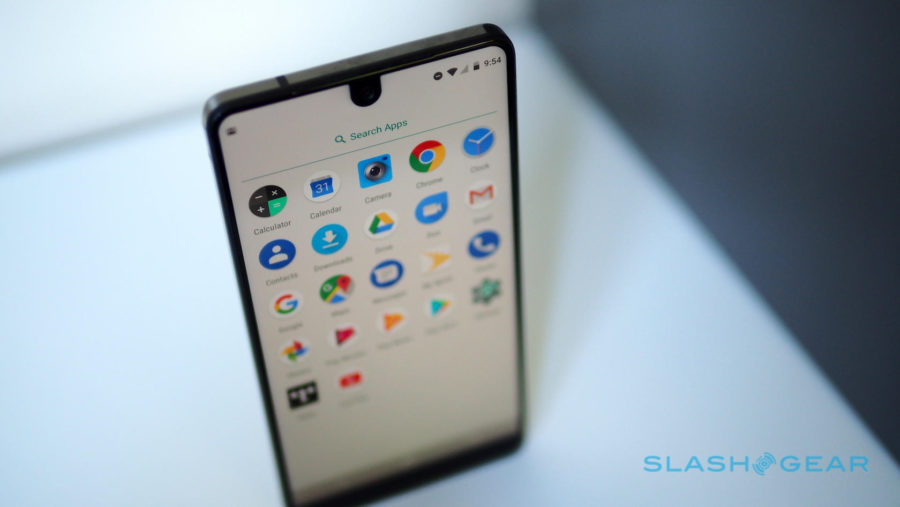What do users want from Android?

Original material
When we hear about the desire to have a 'clean' / 'stock' user experience, it is likely that it is not about a specific experience in a single firmware. Instead, most need a set of functions or, conversely, the ability to remove unnecessary ones. Here are some of them.

- No 'fuflosoft'. This is perhaps the first point that comes to mind when users think of a 'stock' version Android. Operators and manufacturers have a terrible habit of pre-installing not only applications, but also services running in the background that the user may not know about. Thus, some will not like the presence of pre-installed applications from Google.
- Lack of non-standard overloaded user interface. A prime example of the latter is TouchWiz, now called the Samsung Experience. The shell has been improved, but still not ideal. Custom skins, themes or launchers are not terrible, but in some cases, such products come with services and applications that use more resources than required. This system operation is often described as 'hard' and 'unresponsive'. Plus, it's easy to get confused when manufacturers do and show the same things in their own way.
- Total control. Some users, especially advanced ones, want to have the most control over their user experience. They want to use what they see fit and remove the unnecessary. The first wish is achievable if the OEM does not prevent it. The second is almost impossible without getting root access, installing third-party firmware, or disrupting the stable operation of the device. Sometimes, some users openly or indirectly want to opt out of being linked to Google services.
These requirements are true and typical for any smartphone user, whatever their level of experience Android. They do not contradict a feature-rich experience and a 'stock' scenario that is not overwhelmed and leaves control in the hands of users. Unfortunately, none of the versions Android can boast of a similar one. OEMs will definitely never do that. Google is slowly but surely closing its Pixel lineup (more than it did on the Nexus). The AOSP is too empty to be called a good first experience. And third-party firmware, even if it is based on AOSP, is called 'third-party' for a reason. They are also not 'stock'.

First impressions are important
When users are asking for a 'clean' experience, then, by and large, they want an uncluttered system with complete control. It is likely that they did not think that this version of the OS will not have the basic functions that most people need. It goes without saying that for more experienced community members it won't be difficult to find what and how to install, but new users can get screwed up. They might even think that Android doesn't know what it can iOS.
On the other hand, OEMs have included almost everything in their builds, right down to the microwave. In addition to the fact that their OS versions are too complex, only a few of them allow you to remove third-party settings without further consequences. Probably, Google has come closest to this, but the company does not always listen to the requests of its users.
Unfortunately, it is difficult to give an exact answer to the question posed in the article. I have to bustle with the 'almost stock' version Android from Essential or Nokia, but even they don't offer a 'clean' version. They will always carry the modification needed for a smoother first experience. The ideal experience will be somewhere in the middle, offering everything you need to work and leaving it to users to install additional software or remove unnecessary software. Looking at the market for third-party firmware, we can say that the ideal does not exist yet.
By JC Torres
I agree with the author, the 'duckling' syndrome very often determines the further nature of communication with the gadget and the user's preferences. By myself, I notice that in some moments it is difficult for me to force myself to try something new and unusual. And if I can get used to the scanner on the back of my smartphone, then my 'holy war' against the on-screen navigation keys never seems to end. Well, I just can't get used to them.
Returning to the topic of materials, it is worth noting that if there is a goal to get an 'ideal' user experience, then you need to strive for it, and this can be done in different ways: from reading reviews on the network to sharing devices for a while with friends. The main thing is to understand and realize your preferences and find the gadget that will suit, if not 100%, then close most of the points. Have you found the ideal for yourself?
